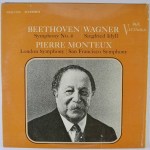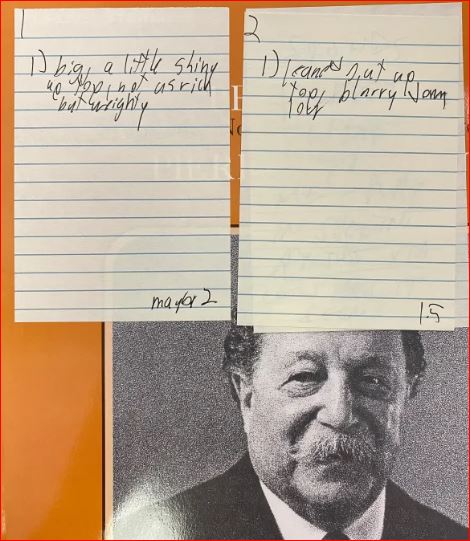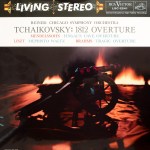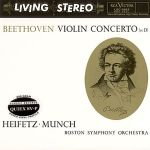More of the music of Dmitri Shostakovich (1906-1975)
Hot Stamper Pressings of Living Stereo Titles Available Now
It’s been quite a while since I played the Classic pressing, but I remember it as nothing special.
Like a lot of the records put out by this label, it’s tonally fine but low-rez and lacking space, warmth and above all, Tubey Magic.
I don’t think I’ve ever played an original or a Victrola reissue that didn’t sound better, and that means that the best grade to give Classic’s pressing is probably a D for below average.
The Classic Records pressing can currently be found on the TAS list, but we don’t think it has any business being there.
- More records that do not belong on a super disc list
- Reviews and commentaries for TAS super disc recordings
- Hot Stamper pressings of TAS list recordings available now
The Big Blowout
When Classic Records was blowing out its unsold inventory through the Tower Records Classical Annex in Hollywood, this was a title you could pick up for under ten bucks. (I remember it being $7, but some were $10 and some were $12, and my memory may not be correct about which were which. Let’s just say they were all very cheap.)
And even at that price it seemed nobody really wanted it. Which is as it should be. Heavy Vinyl or no Heavy Vinyl, a bad record is a bad record and not worth the bother of sitting down and listening to it.
If you own this record, my guess is it is mint. If you played it at all, you played it once, at most twice (just to be sure it wasn’t really very good) and put it away on a shelf where it sits to this very day.
You may not have been able to put your finger on exactly what was wrong with it, but on some level, perhaps subconsciously, you knew there was something missing, something “off.”
Whatever it was doing, good or bad, it wasn’t a record you felt the need to return to again.
And that’s why it’s mint. It was played once or twice and stored. You kept it perhaps because it filled a hole in your classical collection. Shostakovich Age of Gold? Yes, I have that one, here it is right here, in the S’s.
An important work, right? Yes, of course, I agree, it is an important work. That’s why I own it.
Mediocre Records.
The world is full of them. This is not the brilliant insight it appears to be. They are mediocre by definition, since the average record is average. Classic Records made quite a number of them. They were joined in these efforts by lots of other incompetent mastering houses marketing their wares to audiophiles, the self-described “lovers of sound,” the ones that are so often fooled by fancy packaging, quiet vinyl and a good story.
(You, dear reader, are unlikely to be so easily fooled, or you would have stopped reading this post before now.)
Our records don’t come in fancy jackets, they rarely have quiet vinyl, and most people, audiophiles included, don’t think our story of the Hot Stamper records we sell and how we find them is the least bit plausible.
But our records actually have good sound, and we think that ought to count for something.

 More of the music of Ludwig van Beethoven (1770-1827)
More of the music of Ludwig van Beethoven (1770-1827) At least the midrange is more or less correct.
At least the midrange is more or less correct.




 More of the music of Igor Stravinsky (1882-1971)
More of the music of Igor Stravinsky (1882-1971) Hot Stamper Pressings Featuring the Violin
Hot Stamper Pressings Featuring the Violin